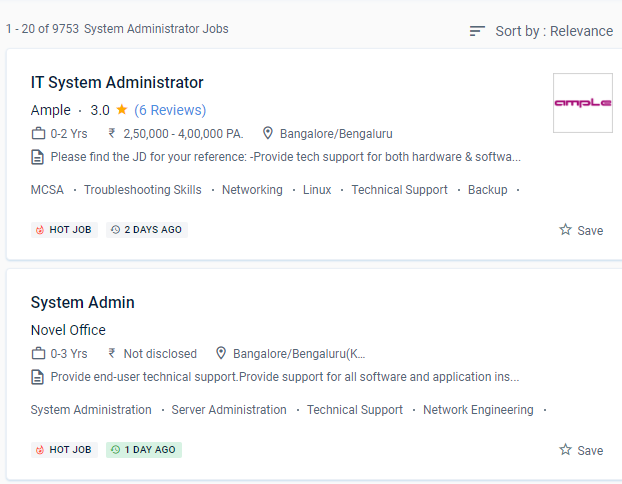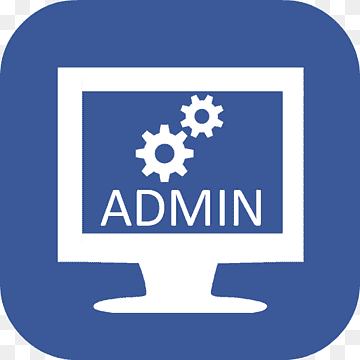System Administration Training by Experts
Our Training Process

System Administration - Syllabus, Fees & Duration
MODULE 1
- System administration introduction, policies, overview, UNIX history and basis
MODULE 2
- File systems and disks
MODULE 3
- Software installation concepts
MODULE 4
- Multi users basics, politics, policies and ethics
MODULE 5
- Automating administrative tasks
MODULE 6
- Networking
MODULE 7
- Backup and disaster recovery
MODULE 8
- DNS
MODULE 9
- SMTP, HTTP
MODULE 10
- Configuration management
MODULE 11
- Distributed computing
MODULE 12
- SNMP, monitoring
MODULE 13
- System security
This syllabus is not final and can be customized as per needs/updates





 The System Administration course in Ahmedabad will take you from working on a single machine to managing a complete fleet. Finally, you'll discover how to restore your company's IT infrastructure following a disaster.
When signals halt, system administrators alter cables to repair the transmission media. These experts may go on to become technology and IT managers in the future.
They set up the network card (NIC) so that data can be sent and received appropriately. Circuit boards and CPUs are assembled by computer hardware engineers to produce functional mobile or desktop devices. Computer scientists research to develop new IT approaches that are both effective and efficient. Information technology (IT) experts execute the work of systems administration for a company.
They install computers, laptops, intranets, servers, cybersecurity software, and other technology. Systems administration is the division of information technology that is in charge of keeping multi-user computer schemes up and running.
The System Administration course in Ahmedabad will take you from working on a single machine to managing a complete fleet. Finally, you'll discover how to restore your company's IT infrastructure following a disaster.
When signals halt, system administrators alter cables to repair the transmission media. These experts may go on to become technology and IT managers in the future.
They set up the network card (NIC) so that data can be sent and received appropriately. Circuit boards and CPUs are assembled by computer hardware engineers to produce functional mobile or desktop devices. Computer scientists research to develop new IT approaches that are both effective and efficient. Information technology (IT) experts execute the work of systems administration for a company.
They install computers, laptops, intranets, servers, cybersecurity software, and other technology. Systems administration is the division of information technology that is in charge of keeping multi-user computer schemes up and running.



















































































